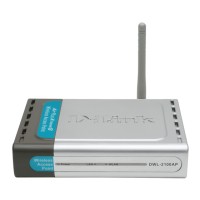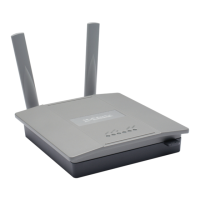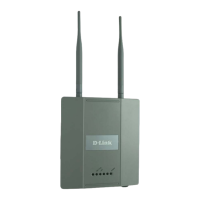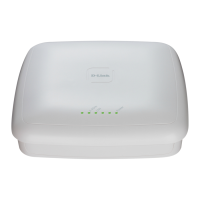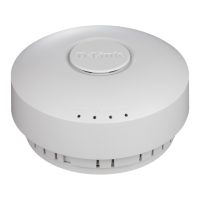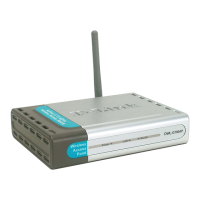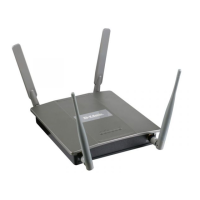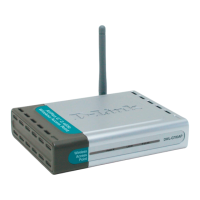Virtual Router Redundancy Protocol (VRRP)
D-Link Unified Wired and Wireless Access System
Oct. 2015 Page 333
D-Link UWS User Manual
• Click Refresh to update the screen with the most current information.
Slot/Port The interface for the selected Virtual Router.
Up Time The time, in days, hours, minutes and seconds, that has elapsed since the
virtual router transitioned to the initialized state.
State Transitioned to Master The total number of times that this virtual router's state has transitioned to
Master.
Advertisement Received The total number of VRRP advertisements received by this virtual router.
Advertisement Interval Errors The total number of VRRP advertisement packets received for which the
advertisement interval was different than the one configured for the local
virtual router.
Authentication Failure The total number of VRRP packets received that did not pass the
authentication check.
IP TTL Errors The total number of VRRP packets received by the virtual router with IP TTL
(Time-To-Live) not equal to 255.
Zero Priority Packets Received The total number of VRRP packets received by the virtual router with a priority
of 0.
Zero Priority Packets Sent The total number of VRRP packets sent by the virtual router with a priority of
0.
Invalid Type Packets Received The number of VRRP packets received by the virtual router with an invalid
value in the Type field.
Address List Errors The total number of packets received for which the address list does not
match the locally configured list for the virtual router.
Invalid Authentication Type The total number of packets received with an unknown authentication type.
Authentication Type Mismatch The total number of packets received with an authentication type different to
the locally configured authentication method.
Packet Length Errors The total number of packets received with a packet length less than the length
of the VRRP header.
Table 198: Virtual Router Statistics Fields (Cont.)
Field Description
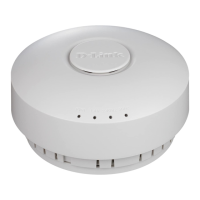
